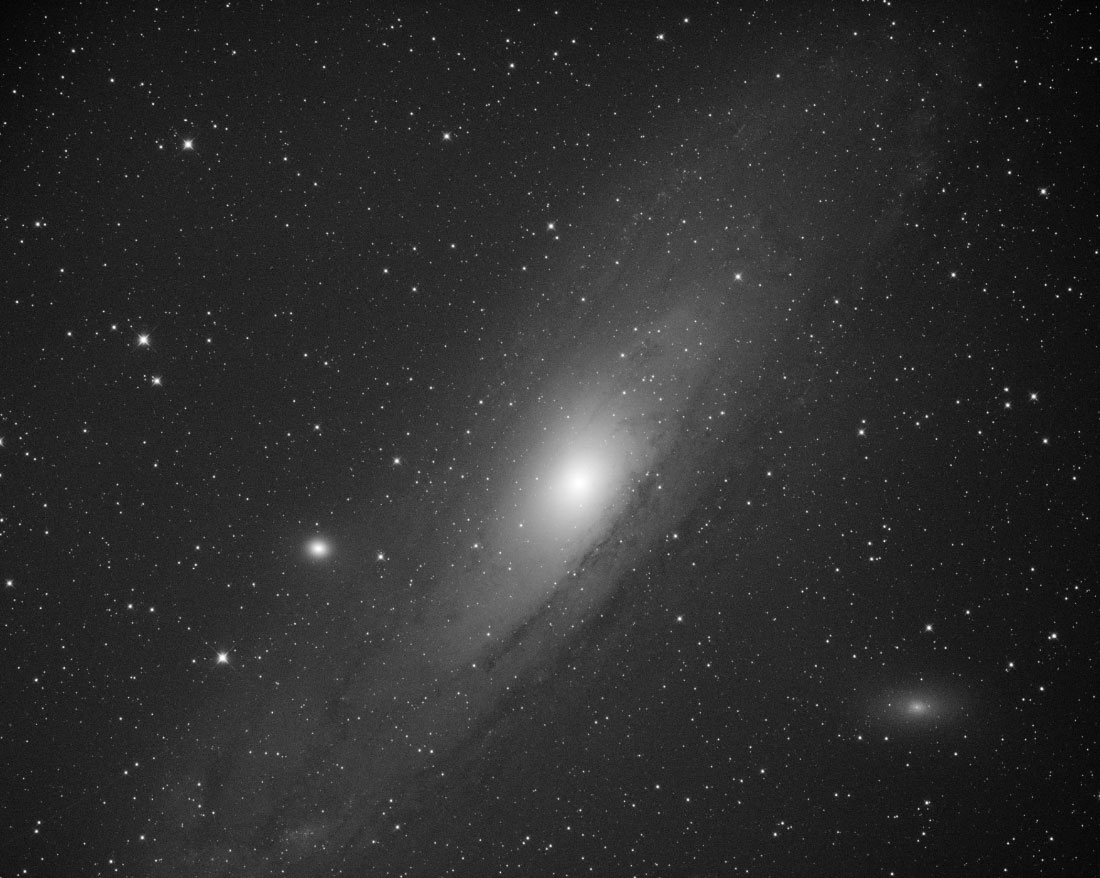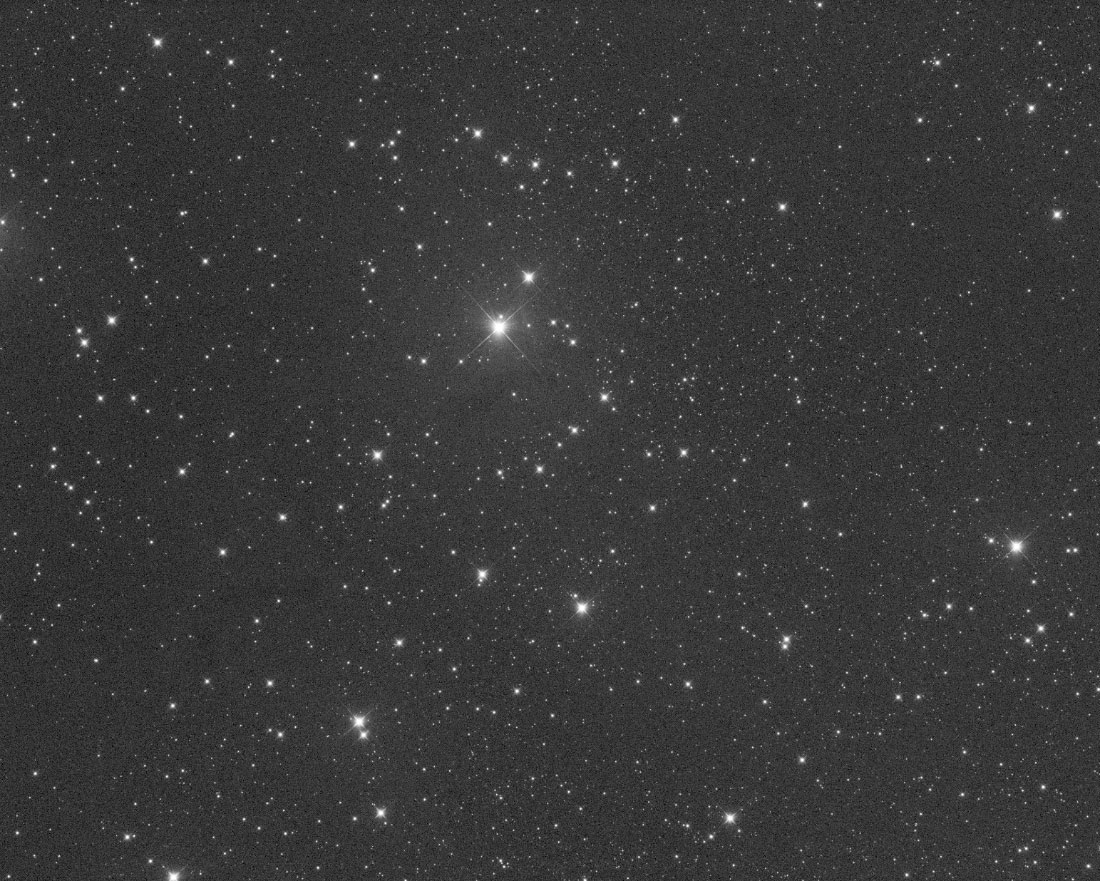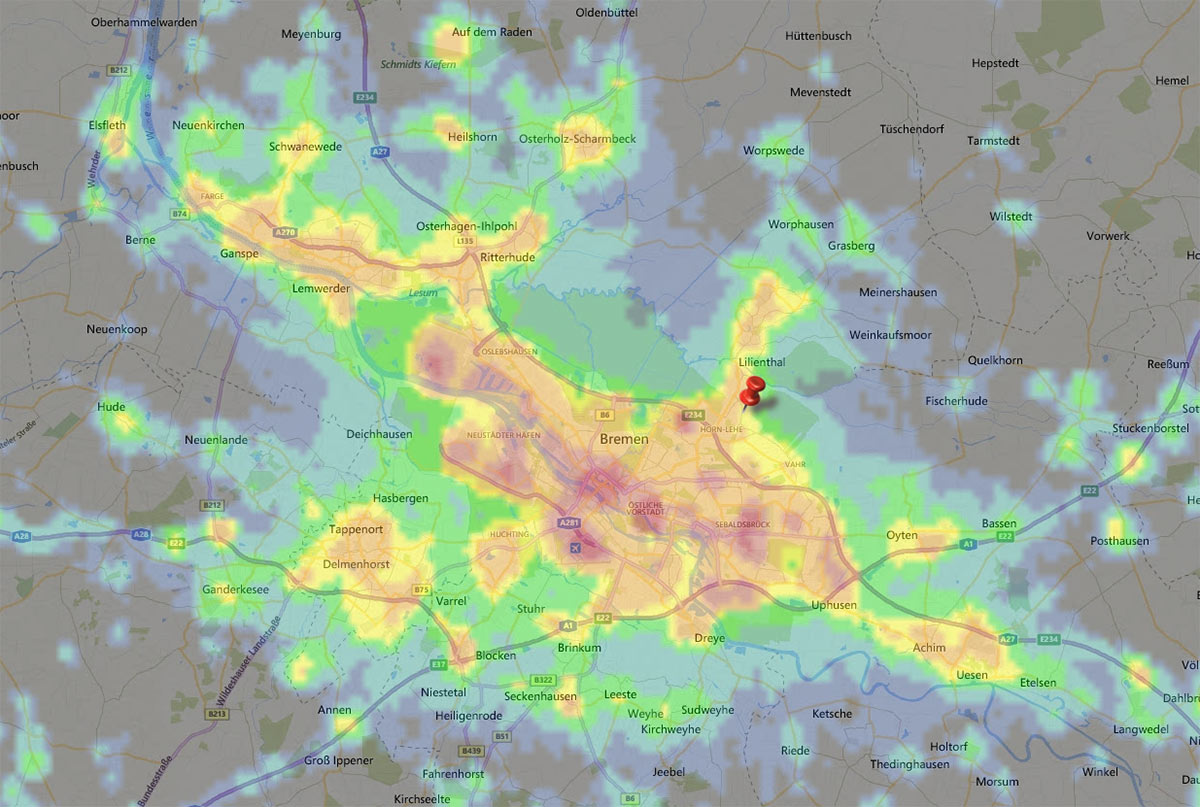I once again expanded my equipment. A new addition is a Takahashi Epsilon 130 D - a so-called "Hyperbolic Astrograph" - also simply called "Newton". The special feature is the enormous light intensity with f3,3 and an aperture of 130mm at 430mm focal length. A clear candidate to replace the FSQ85.
The Epsilon has the reputation to be particularly uncomplicated and good-natured, as well as extremely easy to adjust and focus. Price is even below a new FSQ85, with nearly the same focal length, but significantly greater light intensity. However, Takahashi is extremely brutal with the tube clamps for the Epsilon and would like to bag more than 460 EUR. This was frankly too much for me, so I looked around for an alternative. After some to and fro on my part (I am still very unpleasant Peter ...) I was then able to hold a few CNC-milled aluminum tube clips from Peter Großpointner (an astro colleague from Austria) in my hands.
After the assembly I released the following clear night an unpleasant surprise. I did not get into focus. After some scrapes, I calculated the distances once again and noticed an error in the original adaptation of the camera. I had 10mm too much distance. Fortunately, this could be corrected in the following night and the first light could whip through the optics.
Of course, I had first a small tilting inside (although everything is screwed), but even that was corrected in a few minutes. The first 200 seconds on M31 immediately caused a "wow moment". What a light intensity, what a sharpness. Just great.

As we moved around new moon, I did not want to stop myself at such a bright object, but at the First Light fully exploit the possibilities of the epsilon. With VDB9 I tried a dark nebula near Cassiopeia. How weak the object was, I did not know for sure. If I had known it, I might not have come up with the idea :-)
After 5 full nights and about 19 hours exposure (at f3,3!) I was then finally in a satisfying area for the picture. Here, my sky quality was clearly shown to me. After all, I think I would probably have thrown the towel with another telescope. Conclusion: If I could manage such a weak object, then the brighter objects promise to be easy "walks".
Here a single exposure of 900 sec. with CLS filter. Someone who can see a dark nebuaö here must have a lot of phantasy:

Back
